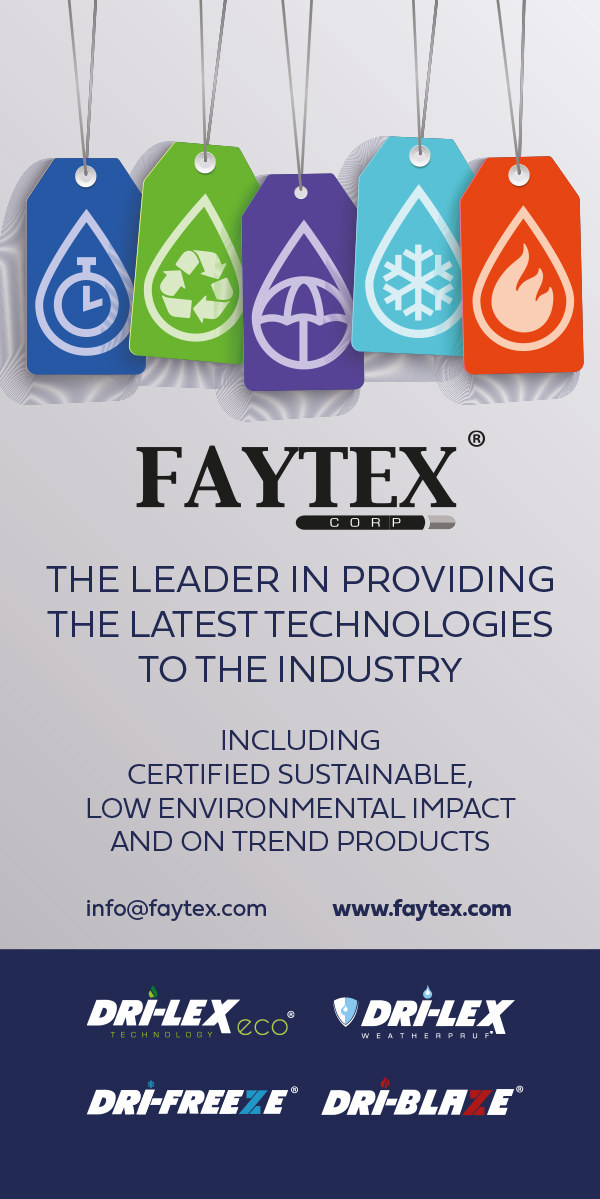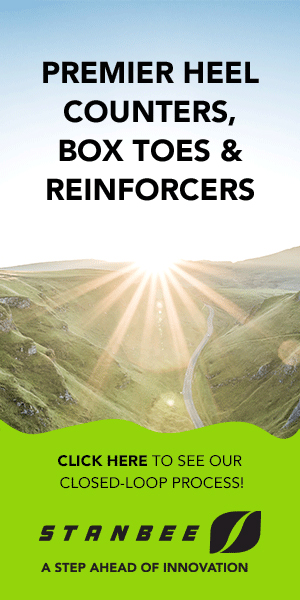No herd mentality

A conservation project in South Dakota has brought life back to the grasslands with the reintroduction of buffalo. With nothing going to waste, Patagonia is using the leather in its first work boot collection.
It is estimated that as little as 200 years ago, millions of bison, also known as the American buffalo, roamed freely over the vast grasslands of the US. It took less than a quarter of that time to slash that to mere hundreds, according to the US Department of the Interior. The keystone species in that environment was decimated by settlers, hungry for the food and leather, and with little regard for or knowledge of how the ecosystem would be affected. Had it not been for a few private individuals working with tribes and the Department of the Interior, the bison would be extinct.
For Dan O Brien, reintroducing bison to the prairies in South Dakota was an afterthought. An author and conservationist, his priority was tracking the peregrine falcon and working to increase their population and reinvigorate their breeding and feeding grounds. But all natural ecosystems are delicately linked and he realised the ground had adapted to the roaming buffalo, with their hooves gently disturbing and aerating the soil, allowing the grasses to flourish and habitats to form.
Wild Idea Buffalo range was established in 1997, with an initial aim of revitalising 1,000 acres with a small herd of buffalo. This has now grown to over 300,000 acres, and the changes to the landscape are astonishing, says ranch manager Colton Jones. “What we are trying do to by reintroducing the bison to the grasslands is to put the missing piece back. We see a change in biodiversity in the grass and bird species. We have seen a change in the wildlife. The flora and fauna have altered dramatically in less than 30 years.”
At one with nature
Part of the philosophy of the company is to produce grass-fed and field-harvested meat, which means the animals are shot on the range in their natural habitat and are skinned in mobile abattoirs. The Wild Idea team believes this is the most humane way to harvest the animals: they are not subjected to the stress of transport or the feedlot or abattoir. This in turn produces better meat, they say: free from the cortisone or stress hormones that can flood the animal if they are in distress. “We try to treat them as close to nature’s intentions as possible, give them respect in life and dignity in death,” says rancher Jilian Jones.
Outdoor clothing company Patagonia had been buying bison jerky from the company for several years when the two companies teamed up to look for a solution for the hides. “Not wasting any part of the animal is a key part of Wild Idea’s philosophy,” adds Ms Jones. “We started thinking about the idea of a boot.”
Natural ruggedness
US-based tannery Horween specialises in the thicker leathers, including horsehide and bovine, and tanned the hides for Patagonia using wet-green technology, a vegetable tanning method that uses tannins from waste olive tree leaves.
“Bison would seem to behave like a cow or steerhide, but it's quite different,” comments Nick Horween on the tannery’s website. “The bison hides are much greasier and tend to have pockets of lightweight areas, especially over the natural hump of the animal’s back. The hides also have more natural wrinkles and striations due to the ruggedness of the animal.”
Patagonia contacted one of its footwear suppliers in Portugal, Hugal, a family run company that specialises in Goodyear welted construction and supplies the military and rural sectors, to see if they could work with the buffalo leather to construct a special work boot. The Boita family relished the challenge. “I like this product a lot, because we can feel the naturalness of the leather. It does not have any chemicals or plastics. It is very natural,” says company founder José Boita, who has been making shoes since he was 14.
The boots have uppers built from the hardworking, long-lasting buffalo leather, which conforms to the foot without losing shape. Brass five-eye lace-ups and three speed hooks provide a secure fit with ankle support. The Goodyear welt is a specialist method of attaching the outsole to the upper, making it easy to replace outsoles and extend the life of the boot. In fact, the soles could be replaced many times over, the leather is so durable, say the makers. “This is a high-quality material that respects the environment,” says Jose’s son, Andre, managing director at Hugal. ”We think that’s the future. That’s the big opportunity to start a new age.”
Grassland grazing
Dan O’Brien isn’t just a supplier to Patagonia – he is a friend of founder Yvon Chouinard, after crossing paths through business many years ago. “You need to read this book,” Mr Chouinard said to him on a recent Zoom call. The Ministry of the Future by best-selling author Kim Stanley Robinson is a fictional look at a government department battling to reverse climate change: although a somewhat depressing vison of a planet ravaged by global warming, there is hope. And in it, the author namechecks some visionary companies. Including Wild Idea Buffalo.
“The upshot is this: global climate change is very real,” says Mr O’Brien. “It is happening and it’s going to continue to happen. It’s an existential threat and we are all going to suffer. But it is also an opportunity to hit the reset button on our relationship with Earth. We must never forget the provocative and transformative words of another man worth listening to: ‘It is not the strongest of the species that survives, nor the most intelligent, it is the one most adaptable to change’: Charles Darwin.”
The number of Patagonia’s bison leather boots will be limited each season, coinciding with the number of hides available as a result of Wild Idea’s food production and conservation practices. These sturdy work boots provide protection and comfort for farmers, which deepens the connection to the ground they are sourced from, says Mr O’Brien. “The loss of the grasslands is a huge tragedy, but the work we’re doing here is going to help. Symbolically, metaphorically, the boots are the foundation. That’s how we get around. Putting the boots back in contact with the grass where they started, that’s very powerful.”
Patagonia says the Wild Idea Boots are “built for a lifetime of hard work”. The outsoles are 30% recycled Vibram EcoStep and they include removable recycled cork insoles.
Credit: Patagonia












